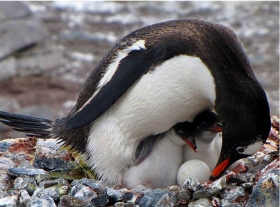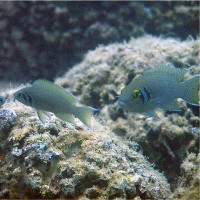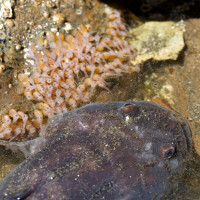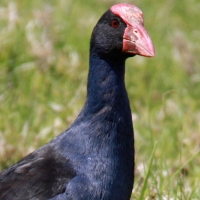Research
Members of ABEL or the AQUATIC BEHAVIOURAL ECOLOGY LABORATORY study the "hows" and "whys" of animal behaviour. To better understand "behaviour" we combine studies linking behaviour to ecology, evolutionary biology, physiology and even neuroanatomy and perform these studies in both the field (where you track the ecological validity of the behaviour) and the laboratory (where you can get rigorous experimental control).
|
|
The members of ABEL work on three areas of research. These are described in detail below. These areas are often linked and the research boundaries between areas can overlap.
Research Areas
Study Organisms
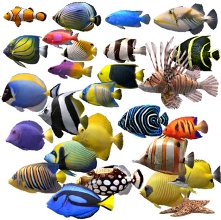 Our main study organisms are fishes! You might be wondering why study fish? And why study their behaviour? You might even be thinking, do fish really behave? Fish do behave and there are a few different reasons why we focus on fish and think they make excellent model organisms to study behavioural questions. First, fishes are the most diverse group of vertebrates. There are around 30 000 different species of fishes and we know very little about most of them. In stark contrast, we know a great deal about the approximately 5000 mammals or 9000 bird species that inhabit our planet. Fishes also come in a dazzling array of shapes, sizes, and colours, they exhibit incredible lifestyle diversity and most importantly for us in their behaviour. Second, fishes are extremely convenient laboratory model organisms. They have relatively short lifespans, can easily be brought and bred in the lab and can also be easily housed in large numbers, even in groups. This is usually not practical or ethical for many vertebrate species. Third, fishes are vertebrates, just like us, and so they share many conserved physiological and anatomical features and therefore make good comparative model species to use to try to uncover the evolution of behaviour. Finally, there is a great deal of economic interest in fishes as a food resource (aquaculture and fisheries), as a recreational sport and in the aquarium hobby.
Our main study organisms are fishes! You might be wondering why study fish? And why study their behaviour? You might even be thinking, do fish really behave? Fish do behave and there are a few different reasons why we focus on fish and think they make excellent model organisms to study behavioural questions. First, fishes are the most diverse group of vertebrates. There are around 30 000 different species of fishes and we know very little about most of them. In stark contrast, we know a great deal about the approximately 5000 mammals or 9000 bird species that inhabit our planet. Fishes also come in a dazzling array of shapes, sizes, and colours, they exhibit incredible lifestyle diversity and most importantly for us in their behaviour. Second, fishes are extremely convenient laboratory model organisms. They have relatively short lifespans, can easily be brought and bred in the lab and can also be easily housed in large numbers, even in groups. This is usually not practical or ethical for many vertebrate species. Third, fishes are vertebrates, just like us, and so they share many conserved physiological and anatomical features and therefore make good comparative model species to use to try to uncover the evolution of behaviour. Finally, there is a great deal of economic interest in fishes as a food resource (aquaculture and fisheries), as a recreational sport and in the aquarium hobby.
We work on a variety of species. Our three main study species or systems are Neolamprologus pulcher, an African cichlid that is social and cooperative; the round goby, an invasive species in the Great Lakes of North America; and the plainfin midshipman, a species with lots of sperm competition and male alternative reproductive tactics.
| Neolamprologus pulcher | Round goby | Plainfin midshipman |
Note we also work on other organisms like humans and pukekos. Really, we are more interested in questions than one particular species and choose our study organisms based on their suitability in answering interesting questions.
|
|
|
We try to combine laboratory work with field work and our three main field sites are listed here:
Research Sites




